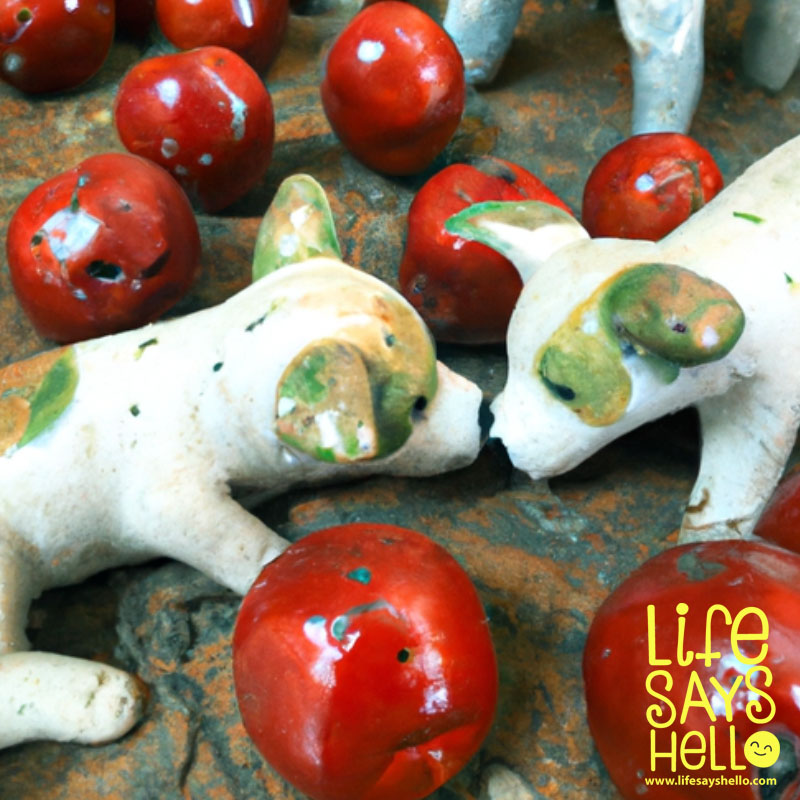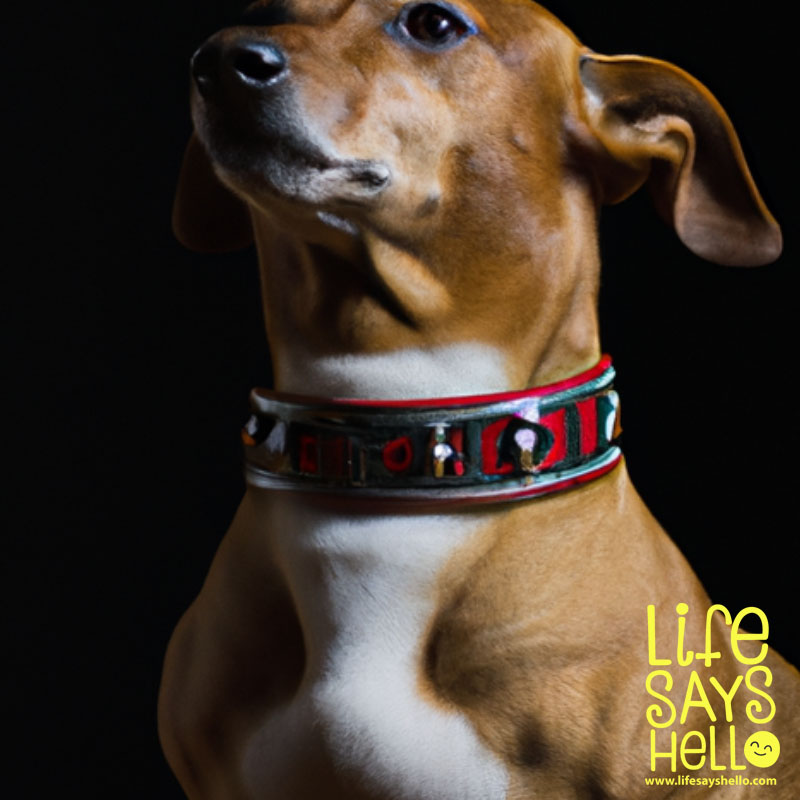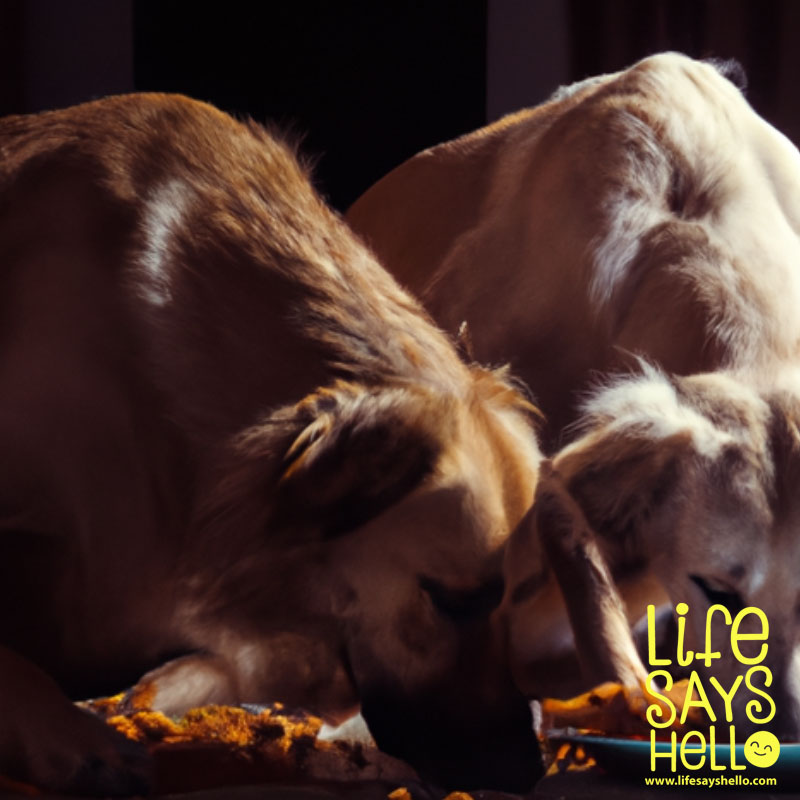Can Dogs Eat Tomatoes? A Comprehensive Guide for Pet Owners: Safety, Benefits, and Tips

As a pet owner, you may have wondered if it's safe to share tomatoes with your furry friend - this comprehensive guide will help you understand the safety, benefits, and best practices when it comes to dogs and tomatoes.
Introduction
As a loving and responsible dog owner, you want to ensure that your furry friend enjoys a healthy and balanced diet. One common question that many pet owners ask is, "Can dogs eat tomatoes?" While it's essential to be cautious about the human foods you share with your canine companion, it's also important to know which foods are safe and even beneficial for them. In this comprehensive guide, we'll explore the safety, benefits, and best practices when it comes to dogs and tomatoes.
Can Dogs Eat Tomatoes?
The short answer is yes, dogs can eat ripe, red tomatoes in small amounts. These juicy fruits can actually provide some health benefits for your furry friend. Ripe tomatoes are packed with essential nutrients, such as fiber, antioxidants, vitamins A, C, and K, as well as minerals like potassium and manganese. These nutrients can help support your dog's overall health, including their immune system, vision, and heart health.
However, it's crucial to note that only ripe, red tomatoes are safe for dogs. The green parts of the tomato plant, including the leaves, stems, and unripe tomatoes, contain a toxin called tomatine, which can be harmful to dogs if ingested in large quantities.
The Dangers of Green Tomatoes and Tomato Plants
Tomatine is a glycoalkaloid toxin found in the green parts of the tomato plant. While it's not harmful to humans in small amounts, it can be dangerous for dogs, especially if they consume a large quantity of green tomatoes or other parts of the plant. Tomatine poisoning can cause a range of symptoms in dogs, including:
- Loss of coordination
- Muscle weakness
- Tremors
- Seizures
- Vomiting
- Diarrhea
- Cardiac effects, such as irregular heartbeat or difficulty breathing
Although tomatine poisoning is rare and usually not fatal, it can be more severe for small dogs and puppies due to their size and lower tolerance for toxins. If you suspect your dog has ingested green tomatoes or any part of the tomato plant, it's essential to contact your veterinarian immediately for guidance on the appropriate course of action.
What to Do if Your Dog Eats a Large Amount of Tomatoes or Tomato Plants
If your dog has consumed a large amount of tomatoes or any part of the tomato plant, it's crucial to act quickly to minimize the risk of serious health issues. Here are some steps to take if you suspect your dog has ingested a potentially harmful amount of tomatoes or tomato plant parts:
Assess the situation: Determine how much of the tomato or plant your dog has consumed and whether they are showing any signs of tomatine poisoning, such as vomiting, diarrhea, or muscle weakness.
Contact your veterinarian: Even if your dog isn't showing any immediate symptoms, it's essential to consult your veterinarian for advice on the best course of action. They may recommend monitoring your dog for any signs of illness or bringing them in for an examination.
Provide supportive care: If your dog is experiencing symptoms of tomatine poisoning, your veterinarian may recommend providing supportive care at home, such as ensuring your dog has access to fresh water and a quiet, comfortable place to rest.
Monitor your dog: Keep a close eye on your dog for any signs of worsening symptoms or changes in their condition. If your dog's symptoms worsen or don't improve within a few hours, contact your veterinarian for further guidance.
Moderation and Treats: The Key to Feeding Tomatoes to Dogs
While ripe tomatoes can provide some health benefits for your dog, it's essential to remember that they should be considered a treat and not a staple part of their diet. Like any treat, tomatoes should be fed in moderation to avoid any potential health issues.
When feeding your dog tomatoes, it's best to start with a small amount to ensure they don't have any adverse reactions. You can gradually increase the portion size over time, but always be mindful of the overall quantity of tomatoes your dog consumes. A good rule of thumb is to limit tomatoes to no more than 10% of your dog's daily caloric intake.
It's also important to remember that every dog is different, and some dogs may have a sensitivity or allergy to tomatoes. If your dog experiences any signs of an allergic reaction, such as itching, swelling, or difficulty breathing, discontinue feeding them tomatoes and consult your veterinarian.
Foods to Avoid: Tomato-Based Human Foods and Other Harmful Ingredients
While ripe tomatoes can be a safe and healthy treat for your dog, it's important to be cautious when it comes to feeding them tomato-based human foods. Many of these dishes contain additional ingredients that can be harmful to dogs, such as onions, garlic, salt, or spices.
Some common tomato-based human foods to avoid feeding your dog include:
- Tomato sauce
- Ketchup
- Salsa
- Tomato soup
- Spaghetti sauce
Instead of sharing these potentially harmful foods with your dog, opt for plain, ripe tomatoes without any added ingredients. This will ensure your dog can enjoy the health benefits of tomatoes without the risk of ingesting harmful substances.
Protecting Your Garden: Keeping Dogs Away from Tomato Plants
If you grow tomatoes in your garden, it's essential to take steps to prevent your dog from accessing the plants and potentially ingesting harmful green tomatoes or plant parts. Here are some tips for keeping your dog away from your tomato plants:
Use a fence: Installing a fence around your garden can help keep your dog out and prevent them from accessing the tomato plants.
Create a designated dog area: Designate a specific area of your yard for your dog to play and explore, away from the garden. This will help keep them entertained and reduce their temptation to investigate the tomato plants.
Train your dog: Teach your dog basic obedience commands, such as "leave it" or "stay," to help prevent them from approaching the tomato plants.
Supervise your dog: Always keep an eye on your dog when they're outside, especially if they have a history of getting into the garden or eating plants.
By taking these precautions, you can help protect your dog from the potential dangers of tomatine poisoning while still enjoying the benefits of growing your own tomatoes.
Conclusion
In conclusion, dogs can safely eat ripe, red tomatoes in moderation as a treat. However, it's essential to be aware of the potential dangers of green tomatoes and tomato plants, which can cause tomatine poisoning in dogs if ingested in large quantities. By following the tips and best practices outlined in this guide, you can ensure that your dog enjoys the health benefits of tomatoes without putting their health at risk.
Remember to always consult your veterinarian if you have any concerns about your dog's diet or if you suspect they have ingested a harmful substance. By staying informed and vigilant, you can help your furry friend live a happy, healthy, and tomato-filled life.




Comments